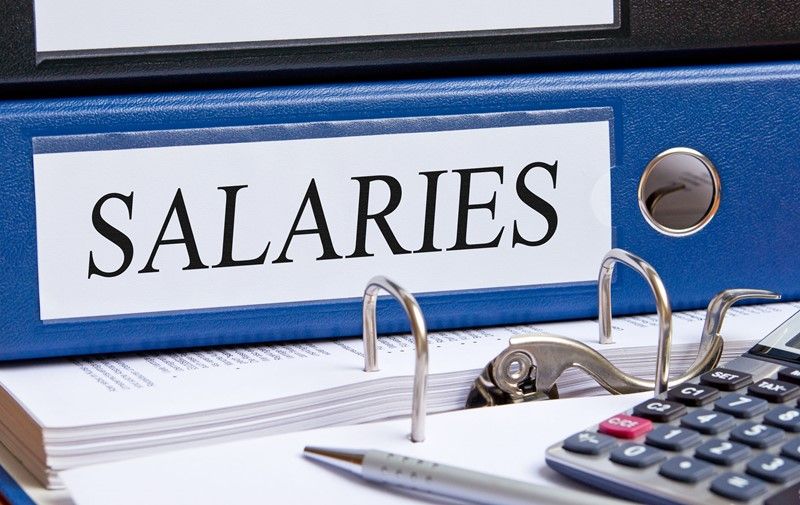Recycling changes
As of 31 March 2025, new regulations have come into effect in England, requiring workplaces to adopt simplified recycling practices. These measures aim to eliminate confusion over waste sorting, enhance recycling rates, and reduce waste sent to landfills or incineration.
Key Requirements for Workplaces:
- Separation of Waste Streams: Workplaces with 10 or more employees must arrange for the collection of:
- Dry recyclable materials, including plastic, metal, glass, paper, and card.
- Food waste.
- Residual (non-recyclable) waste.
Paper and card should be separated from other dry recyclables unless the waste collector permits combined collection.
- Flexibility in Collection: Businesses can determine the size of containers, and the frequency of collections based on their waste production volume.
These regulations apply to various non-domestic premises, including offices, educational institutions, healthcare facilities, care homes, charities, places of worship, and public meeting venues.
Support and Compliance:
The Environment Agency now oversees the regulation of Simpler Recycling, offering guidance to businesses and waste collectors to ensure compliance. Non-compliance may result in enforcement actions, including compliance notices.
By streamlining recycling practices, these new rules aim to increase the quality and quantity of recycled materials, supporting the transition to a more sustainable, circular economy in England.




